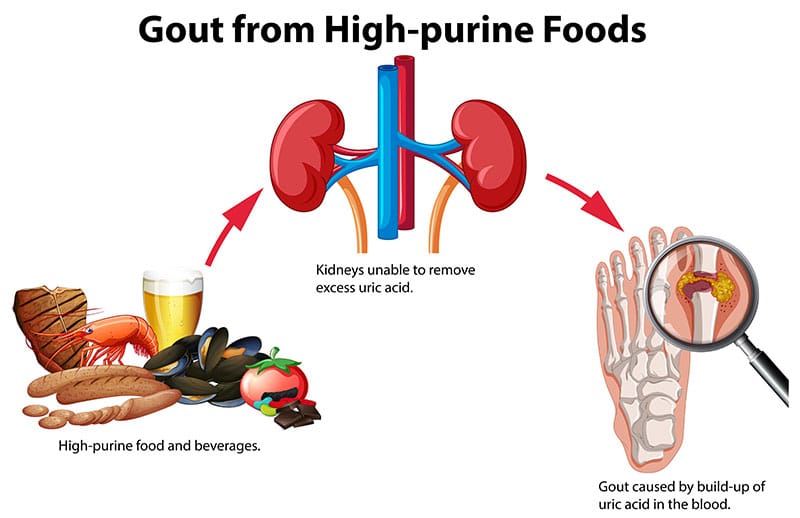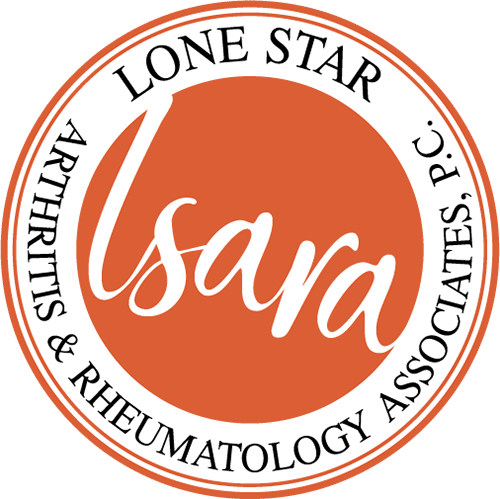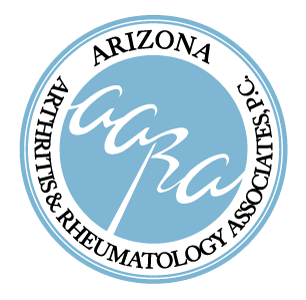All About Gout
There’s help available if you suffer from severe pain, redness, and tenderness caused by chronic gout. Learn more about gout and how the rheumatology specialists at our LSARA locations in the Metroplex area can help improve your life with gout.

All About Gout
There’s help available if you suffer from severe pain, redness, and tenderness caused by chronic gout. Learn more about gout and how the rheumatology specialists at our LSARA locations in the Dallas-Fort Worth area can help improve your life with gout.
Gout Topic Guide
What is Gout?
Gout is a chronic, whole-body condition that typically occurs in cycles. Gout is a form of arthritis that affects joints and can cause pain and swelling in the affected joints, most commonly the big toe, ankle, knee, and fingers. While these joints are most commonly affected, the condition can occur in any joint.
Understanding what leads to pain and inflammation is your first step to understanding gout.

Uric Acid Buildup
The pain and inflammation of Gout are due to a buildup of uric acid. When uric acid rises above a normal level in your body, the small molecules of uric acid can stick together, which forms crystals. These crystals most commonly form around the joints (such as the big toe) because this is where the blood vessels are the smallest. Additionally, these uric acid crystals form most easily in areas of the body that have a lower temperature, typically areas furthest from the heart and other organs. This is why the big toe and ankle are the most commonly affected areas for gout flares.
Purines and Gout
Purines are chemical compounds made up of nitrogen and carbon; they are produced naturally in our bodies but are also contained in the foods that we eat. We metabolize purines during digestion which creates the byproduct known as uric acid.
In people that do not have gout, the uric acid is reabsorbed and processed out of the body via their urine. When these uric acid levels rise too much, the body cannot keep up with the reabsorption and elimination process, which causes uric acid levels in our blood to rise; this condition is called Hyperuricemia. Individuals are considered to have Hyperuricemia if their uric acid blood level is 7 mg/dL or above.
Symptoms of Gout
Gout symptoms, as with other types of arthritis, are most often experienced in cycles that we refer to as “attacks” or “flares.” These flares may last anywhere from a few days to several weeks, depending on the individual. Trigger foods can cause flares even a few hours after consumption. They may also happen overnight or after an injury.
Commonly, one joint is affected by a gout flare, but it can still affect multiple joints at a time. It is not unheard of for a flare to begin in one joint and move to another over time.
These are the most common symptoms of gout:
- Heat and redness around affected joints
- Swelling around affected joints
- Peeling or flaking skin (caused by swelling)
- Extreme pain or discomfort
- Joint stiffness
- Development of tophi
- Erosions or damage to the affected joint

Getting treatment as soon as your gout flare starts will help reduce the amount of time you are in pain. At LSARA, we reserve next-day appointments specifically for new patients who are suddenly experiencing a gout attack and need immediate treatment. If you are an existing patient of LSARA, your established care team will help address your flare.
Call or text us at (817) 789-6770.
How is Gout Diagnosed?
If you are experiencing symptoms of gout, there are a variety of tests that your LSARA Rheumatologist may decide to use to diagnose you and rule out any other potential diagnoses. Which of these diagnosis methods is ordered for you will depend on your unique situation and symptoms.
Uric Acid Blood Test
Uric acid can easily be measured from a blood test – fasting is not required for this test.
A normal uric acid value will be between 3.5-6mg/dL. If the individual is on a gout medication, the lab result may read as “normal” when the value is not actually within the normal range.
Synovial Fluid Test
Synovial fluid, or joint fluid, is a thick fluid that sits between your joints. This fluid cushions and reduces friction when you move your joints and can be aspirated with a needle and sent to a processing lab to be analyzed. For gout, when this fluid is analyzed under a microscope, uric acid crystals can be seen when present and will help reach a gout diagnosis.

Ultrasound
Ultrasounds are a non-invasive imaging test that uses sound waves to examine tissues, organs, and other body structures. Your doctor may order an ultrasound test to examine a swollen joint. Ultrasounds are occasionally used to detect tophi and determine if there are characteristic features of gout within an area of swelling.
Radiology Imaging
Ultrasound is a non-invasive radiology exam that uses sound waves, which allows for the examination of tissues, organs, and other body structures. Ultrasounds can be performed on swollen joints and used to detect gout.
X-Rays can identify features of joint/bone erosion or damage caused by gout.
LSARA may recommend ultrasounds and X-rays to help make it quicker, easier, and more convenient to get your diagnosis.
Treatment Options for Gout
Lifestyle and Diet Modifications to Control Gout Symptoms
Treatment and management of gout, like all medical conditions, require work and adjustments to find the right medication as well as appropriate lifestyle changes.
Expedited Gout New Patient Appointments Are Available Next-Day
Call (817) 789-6770 to schedule.





